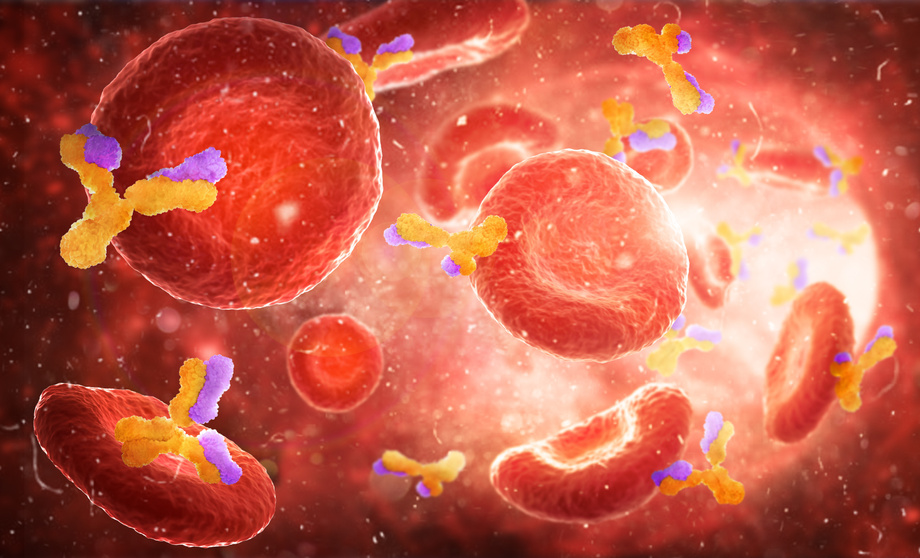Compositions and Methods for Increased Circulation Half-Life
Web Published:
12/13/2023
Single domain antibody composition that enable half-life extension and increased blood:tissue ratios.
While strategies such as PEGylation (PEG, polyethylene glycol), albumin binding, and Fc-fusion have been employed to extend the half-life of biological and pharmaceutical agents, there remains a need for additional strategies that not only serve as alternative approaches but ones that may enable further improvements or benefits, especially given that certain existing approaches (e.g. PEGylation) may increase immunogenicity and lead to neutralizing antibodies or hypersensitivity reactions.
This University at Buffalo invention provides a series of single domain antibodies (sdAbs) that bind to a specific target on red blood cells (RBCs). These erythrocyte-binding sdAbs enable exploitation of RBCs' 110-day half-life. Selection of the sdAb based on its affinity for the target domain allows for tunable half-life extension of up to 110 days, thereby limiting the dosing interval and mass of therapeutic protein required to be administered. Further, others have shown that erythrocyte binding may decrease immunogenicity and/or lead to immune tolerance. These sdAb compositions are intended to be used as a component of a multicomponent composition wherein the other component is the therapeutic agent for which increased half-life is desired.
 Source: vipman4, https://stock.adobe.com/uk/291684715, stock.adobe.com
Source: vipman4, https://stock.adobe.com/uk/291684715, stock.adobe.com
- Improved and tunable circulation half-life
- Increased blood:tissue ratios
- Potential for reduced immunogenicity and/or tolerance induction
- Therapeutic proteins across a variety of clinical indications
U.S. Provisional Patent Application 63/520,689 filed 21 August 2023.
In vivo.
Available for licensing or collaboration.
Publication link(s): Int. J Mol Sci. 2023 Jan; 24(1):475 (doi:10.3390/ijms2401475)
Patent Information:
| App Type |
Country |
Serial No. |
Patent No. |
Patent Status |
File Date |
Issued Date |
Expire Date |
|